There, death and life overlap, with a privileged view over the Ria Formosa. Where once a people lived, another decided to bury their dead. It is the secrets of these two communities that continue to be unveiled in the archaeological excavations of the project “Muslims and Christians in Medieval Cacela: territory and identities in change”, whose most recent field campaign took place from June 20th to July 15th, next to this village in the municipality of Vila Real de Santo António.
after two years in which researchers bet heavily on laboratory work, because of Covid-19, undergraduate and master's students, doctoral students and experienced archaeologists once again joined forces in yet another edition of the Campo Escola de Arqueologia, which included elements not only from the University of the Algarve, but also from the Simon Fraser University, from Canada, and, in case of doctoral students, from the University of Coimbra.
«This is the last year of the project “Muslims and Christians in Medieval Cacela: territory and changing identities”. As the field work was interrupted in 2020 and 2021, it was a year to close the open sectors and try to answer the questions raised in the previous campaigns», they explained to the Sul Informação Maria João Valente, professor and researcher at the University of Algarve, and Cristina Tété Garcia, from the Regional Directorate of Culture of the Algarve, who coordinate this project together with Hugo Cardoso, professor at Simon Fraser University.
«The main objectives were, therefore, to finish excavating the areas already started in 2018 and 2019 at the site of Poço Antigo, where we have the Islamic quarter, of Almohad origin, dating from the XNUMXth century and which was in use until the mid-XNUMXth century, as well as the Christian necropolis, whose beginnings date back to the mid-XNUMXth century”, they add.
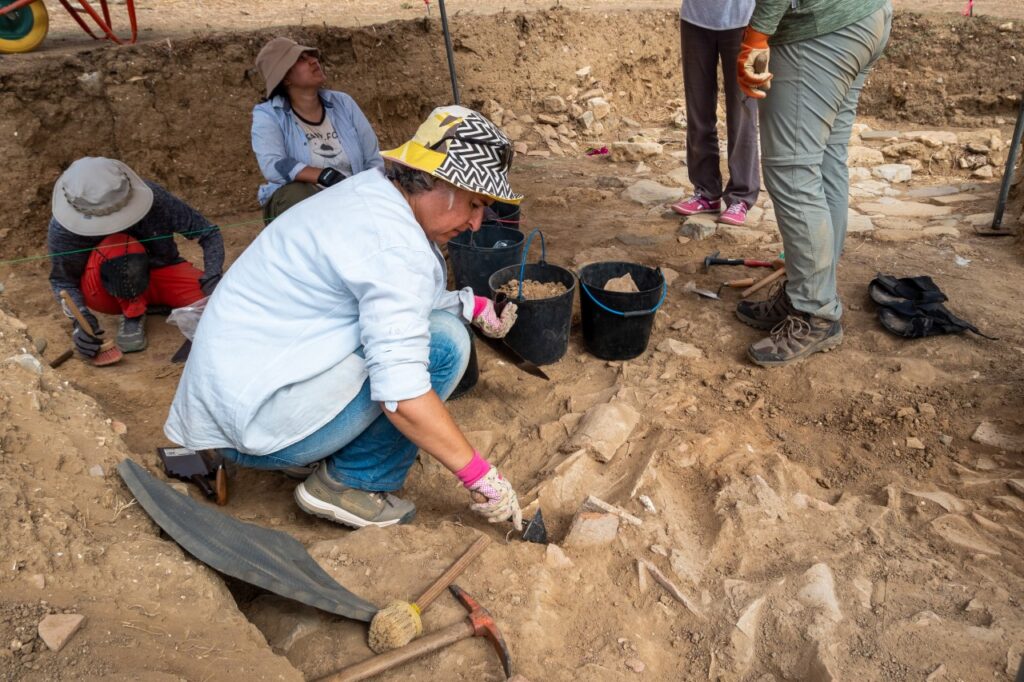
Although the 2022 campaign, as will be seen, was, in some way, marked by tiles, it was awnings and hats that the elements of the archeology team used to protect themselves from the sun.
on the day the Sul Informação visited the archaeological site of Cacela Velha, the heat started to be felt very early on.
Around 8:30 am, students from Simon Fraser University were busy installing an awning in the area where they would work throughout the day, looking for traces of the Almóada do Poço Antigo, the old Qastalla Darrague, the Islamic name for Cacela, and the Medieval Necropolis of the Chapel of Nossa Senhora dos Mártires de Cacela, which existed, at different times and for several centuries, in the east side of the village of Cacela, outside the walls.
How to Live Aligned with happens since 2018, the year in which the archaeological excavations returned to Cacela Velha, it was here that the bulk of the work was concentrated.
After the main discoveries in the first few years were related to the Christian necropolis – more recent and, as such, “more on the surface” -, in 2022 many of the finds are linked to the old Islamic neighborhood on which this medieval cemetery was built.
Stone walls and squared streets “emerge” from the ground, with traces of drainage infrastructure, a sign that this was a well-planned neighborhood and, above all, masterfully built.
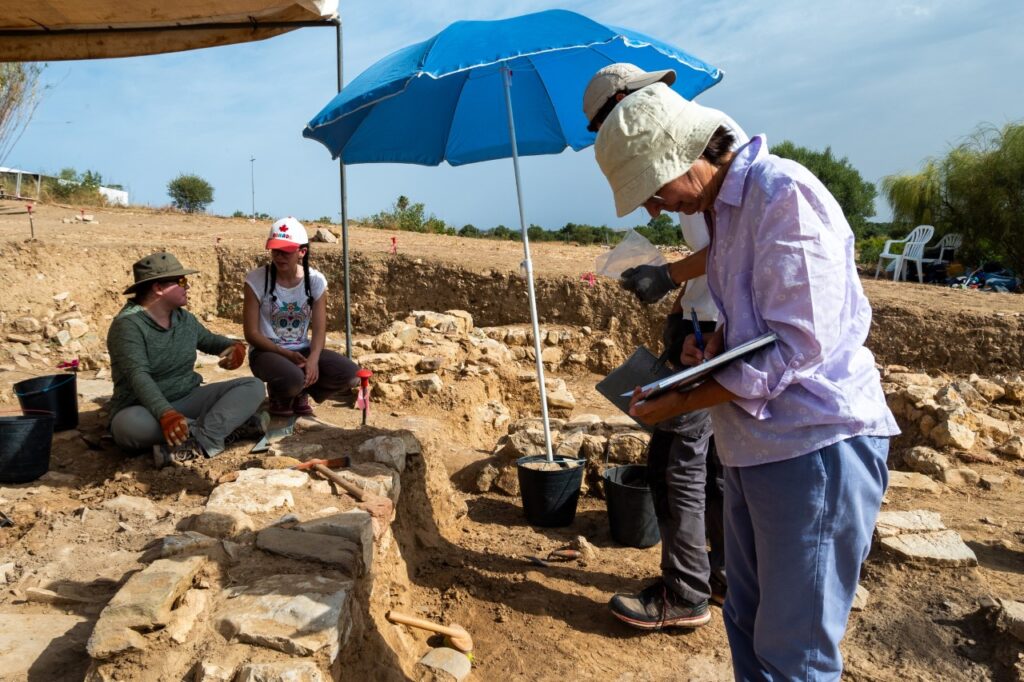
«These 2018-2022 excavations reinforced the idea that in the Poço Antigo area a very well-organized Islamic neighborhood developed from an urban and architectural point of view, more than we had already observed from the works of 1998-2001», they framed Maria João Valente and Cristina Tété Garcia.
In one of the houses whose rubble the excavations have uncovered, patient hands and brushes bring to the light of day several tiles, still well preserved, coming from «a roof that collapsed».
The explanation is interrupted by a discovery made by a Canadian student, that of a scallop shell, received with particular enthusiasm by Maria João Valente, who is a specialist in archaeozoology.
The researcher would still have to wait for the large scallop shell to be carefully unearthed, but she did not hide a wide smile of satisfaction when she received a kind of consolation prize: the remains of other bivalves that had already been recovered.
Maria João Valente's enthusiasm can be extended to another of the findings of this campaign, that of a fireplace still with ashes, fragments of utensils and traces of what was made in that place.
«The materials found, especially the ceramic vessels, clearly demonstrate Cacela's connections with other cities in al-Andalus. There lived people who dedicated themselves to grazing, especially sheep and goats, agriculture, fishing and shellfish, since there is a lot of shellfish and oysters”, he explains.
«We also know that the Christian necropolis that was installed in the same place was founded very early, immediately after the conquest of Cacela by the troops of the Order of Santiago, which is estimated to have occurred around 1240. The dates of the skeletons of this necropolis point to the second half of the XNUMXth century, that is, a few years after the conquest», said the archaeologist.
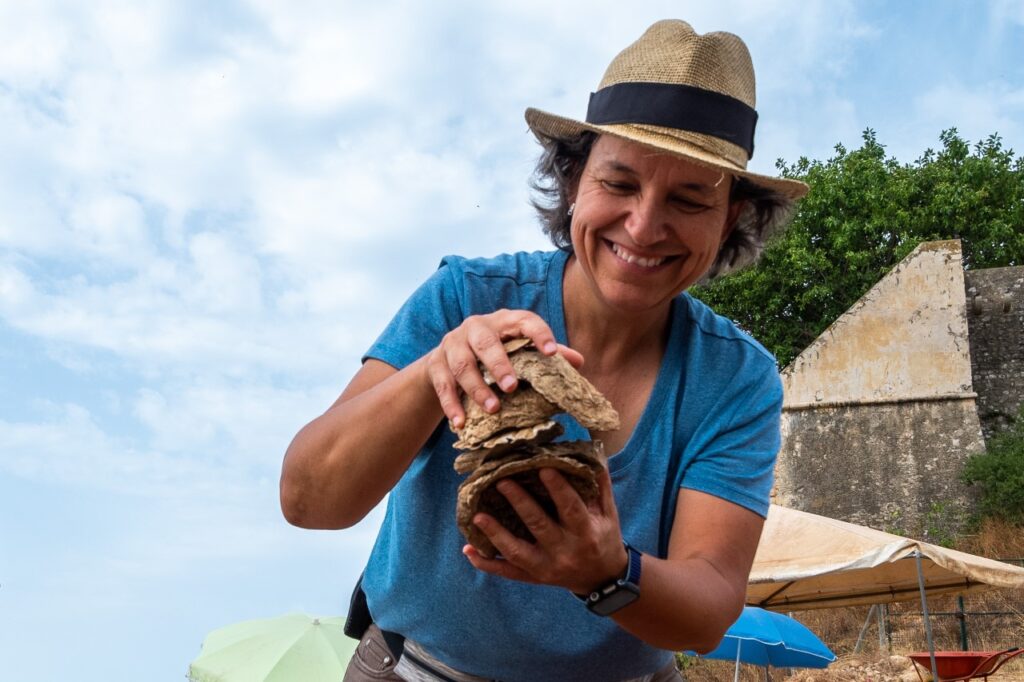
The dating of the skeletons, together with the vestiges of the Almohad population, indicate that «the abandonment of the Islamic quarter must have happened before the conquest, which is not surprising, considering that the entire area of the Middle and Lower Guadiana and surrounding lands would be under enormous pressure from Christian troops".
«This pressure, developed jointly by the kingdoms of Portugal and Castile, increases in the 1230s, with the conquest of squares in the south — Moura and Serpa are conquered in 1232, while Mértola and Ayamonte capitulate in 1238. It is probable that the Islamic communities, at least some of them have abandoned their homes and migrated to other areas where Islamic rule was more robust, in present-day Andalusia or North Africa», believe the project coordinators.
Even so, «Cacela was an important port, with a very desirable location from an economic, military and political point of view», so «an Almohad military contingent remained there, while the majority of the population abandoned it».
After five years of the project, «from the Christian necropolis, we now have 85 graves, compared to 2001 in 56. The bodies are oriented towards the east, towards the sunrise, associated with Christ, laid down in a supine position [ belly up], with arms normally crossed over the chest or abdomen'.
“This is a very dense necropolis that destroyed some areas of the Islamic quarter when it was built. These graves are modest, common people: the aristocracy was not buried there. Infant mortality was high and there are many children buried there», explain Cristina Tété Garcia and Maria João Valente.
“The exhumed skeletons show that some adult individuals were relatively tall and that they died at an early stage. Life on the outskirts of Cacela after the conquest would not be easy. One of our vectors of study is, in fact, focused on this: the quality of life in Cacela in the Middle Ages from its (now two) necropolises», they advance.
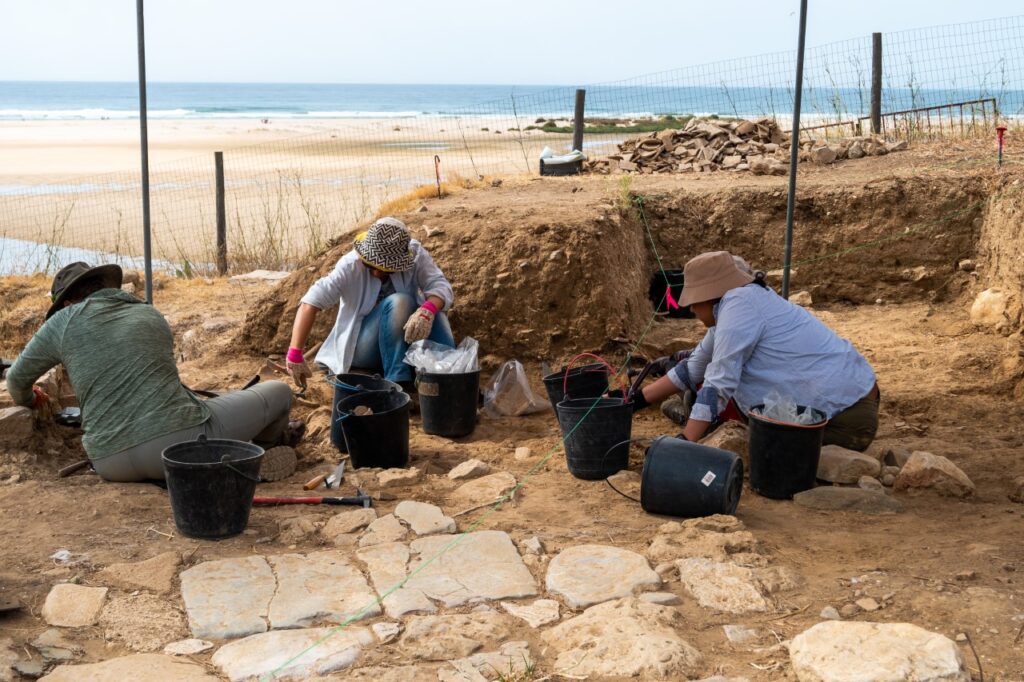
This reference to a second old cemetery has to do with another of the great discoveries made in this year's excavations – and, there it is, with tiles.
This year, the project coordinators also planned excavations «in an area where we knew there was another necropolis, unpublished, whose chronology (late Roman or Islamic) was still uncertain».
«We knew about the probability of the existence of a new necropolis, which was confirmed in this 2022 campaign. An archaeological survey was opened and in a small area several graves were identified, indicating a high density of burials», reinforce the researchers.
Over the course of about a month, it was possible “to excavate three graves and all of them revealed burials of an Islamic type: orientation of the body to the east, that is, towards Mecca, with the body placed on the side and not in a dorsal position, as is customary in Christian burials".
«These are depositions in simple pits, without associated materials, covered with straw tiles or stones. These are very typical burials in al-Andalus and, more specifically, in Portuguese territory throughout the entire Islamic occupation. One of the graves has a cover partially made with materials that we estimate to be older, from Roman chronology, something common in necropolises with older foundations», they explain.
“There is no doubt that it is the Islamic necropolis of the ancient Qastalla Darrague (Cacela), but its foundation may predate the Islamic period, perhaps dating back to Roman times. This would not be surprising because in the vicinity of Cacela several sites with traces of Roman occupation are known», they believe.
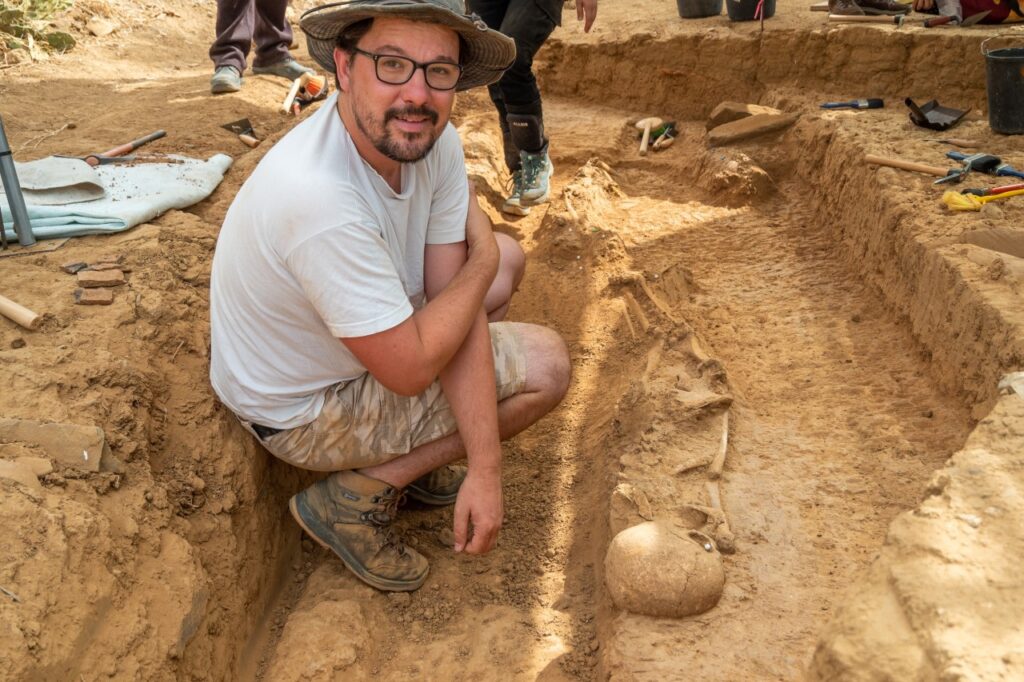
Although this is the last year of the project “Muslims and Christians in Medieval Cacela: territory and changing identities”, this does not mean that the work stops here. There may even be a new School Camp.
“We are still studying possible options. Our idea, before starting this campaign, was to dedicate 2023 to the study of all the information and materials we have from this project. There is indeed much to be done in terms of studying human burials in the Christian necropolis, as well as ceramics, fauna and other materials from the Islamic quarter», explain the archaeologists.
On the other hand, there is also a desire to launch «a process of restoration and consolidation of the structures of the neighborhood for their protection and enjoyment», something that is «associated with the exhaustive digital survey of the entire historic part of Cacela, which we have already started to do, with funding from the Directorate-General for Cultural Heritage".
On the other hand, it is «essential to prepare a more robust program for disseminating knowledge to the community in general and to academia and scientific circles in particular».
However, «the discovery of the new necropolis opens up a series of questions that we are eager to answer and this will only be done with more information resulting from new archaeological interventions».
In light of this finding, «the potential for information on population dynamics during the Middle Ages in this region is now much greater».
This leads the research team to ask several questions: “To what extent are there abandonments and stays? What are the differences in the way of life (food, hygiene, health) between Islamic and Christian populations? Are there kinship ties between the two? What is the relationship between medieval populations and the surrounding environment?»
«There is a desire to return to the field as early as 2023, but the most correct step will be to think about the conservation and restoration of this important historical and archaeological site, for its later dissemination to the community. In that case, we will return to the field, hopefully with a more robust intervention, in 2024», they reveal.
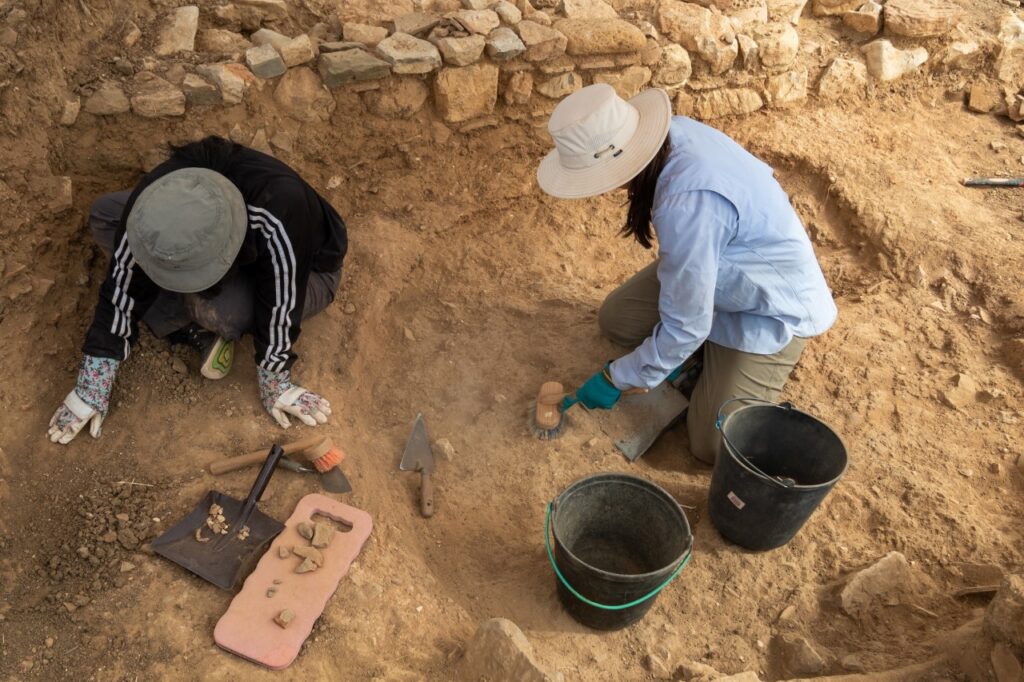
Also thinking about the future, a project has already been prepared for the preservation and enjoyment of the entire historic area of Cacela Velha, “which can be adapted to the funding applications that are opening, namely those from the European Union”.
In the scientific field, those responsible for the project intend to «apply for funding from the Foundation for Science and Technology and other programs focused on research».
«In all these projects and plans, we already have our current partners. The Municipality of Vila Real de Santo António, for example, is absolutely essential in logistical support, namely in the accommodation and food of the participants in the fieldwork, as well as in the preparation of interventions (deforestation, coverings from the sun, topography, conservation and restoration, etc)", exemplify.
The municipality will also provide «fundamental» support for the dissemination program that is being prepared, «in particular at the level of an exhibition and catalog to present the history of Cacela Velha to the public».
Maria João Valente and Cristina Tété Garcia say that, after meeting with Álvaro Araújo, president of the Chamber of VRSA, they were «with the certainty of their commitment. We hope that it can come to fruition and that the population can get to know its past better».
The University of Algarve and CEAACP – Center for the Study of Art, Archeology and Heritage Sciences, «which have been the driving force behind the scientific project, through the intervention of their researchers and students», the Regional Directorate of Culture of the Algarve, which « has been in charge of the component most linked to heritage management and was the driving force in the preparation of an international application», and the Simon Fraser University of Canada, «an essential partner of the University of Algarve's field-school, where we associate anthropology with archeology », will also maintain their connection to future projects.
The coordinators of the archaeological excavations of Cacela Velha also made a point of highlighting “the excellent cooperation with the Guarda Nacional Republicana, which has provided logistical support to the fieldwork and has maintained a closer surveillance of the archaeological sites”.
«The future depends on the implementation of these actions, through multi-annual financing, and the consolidation and expansion of partnerships. We want to continue to develop a scientific-heritage project that is also an important factor of sustainable local development, which brings added value to the population», they conclude.
Photos: Hugo Rodrigues | Sul Informação
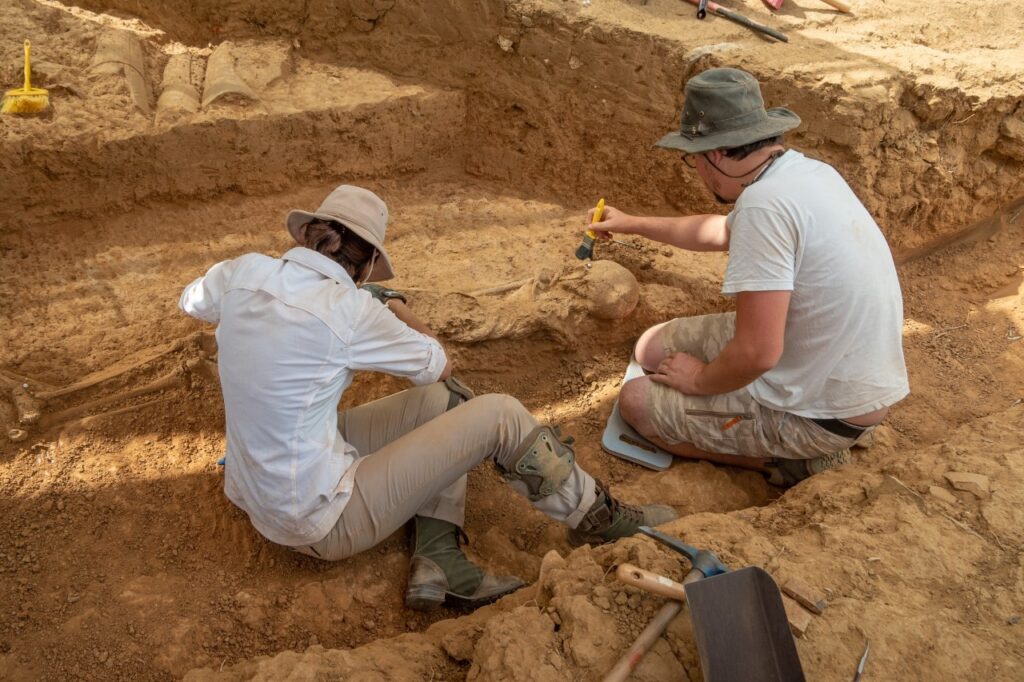
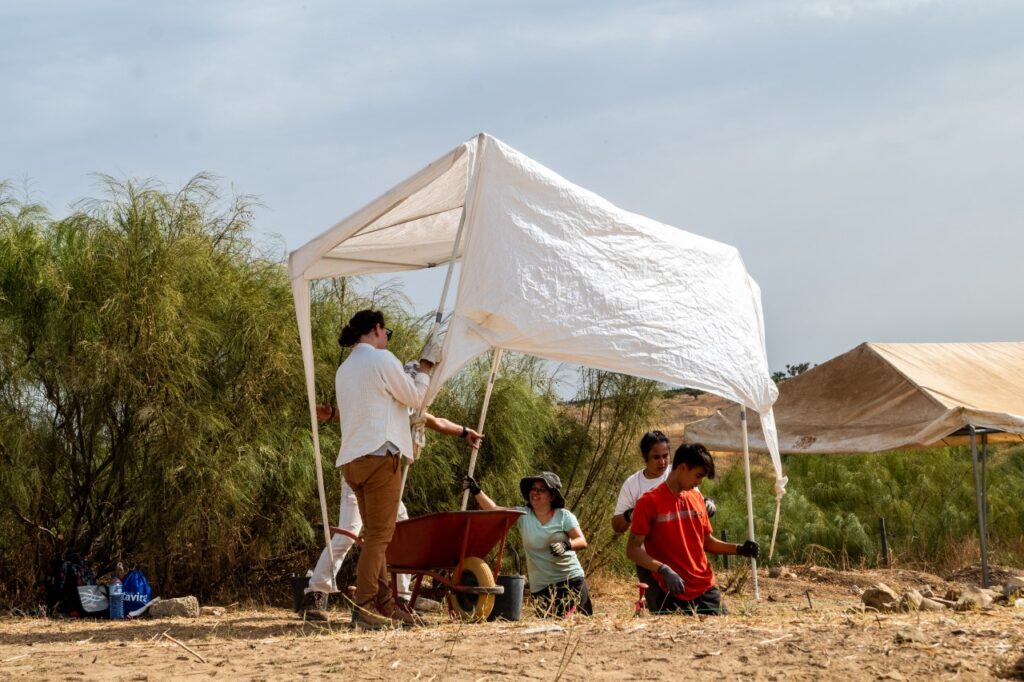
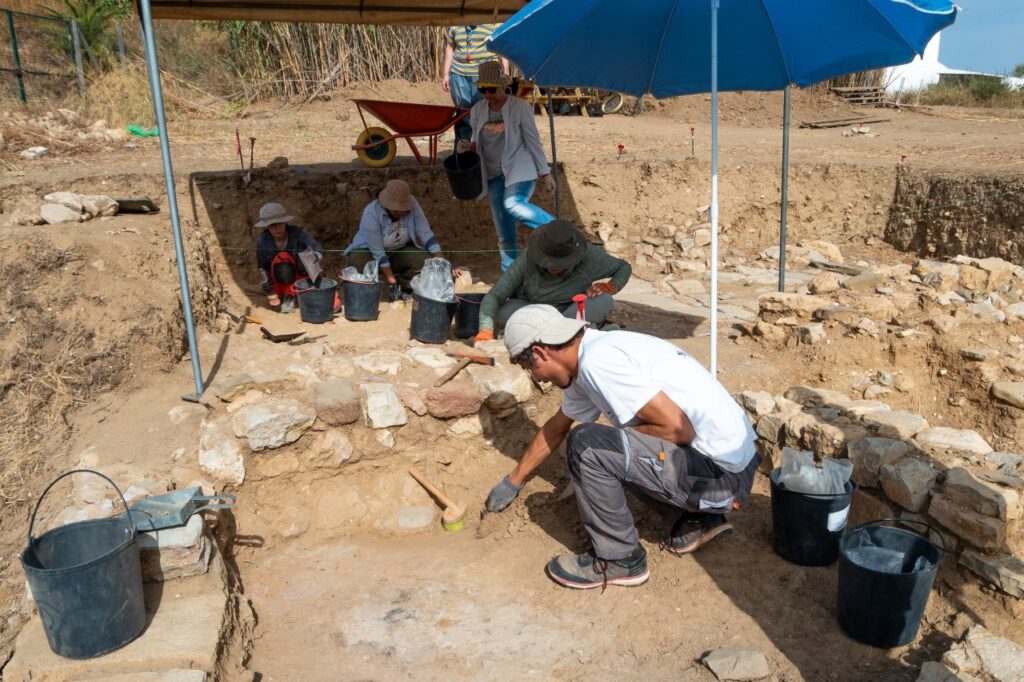
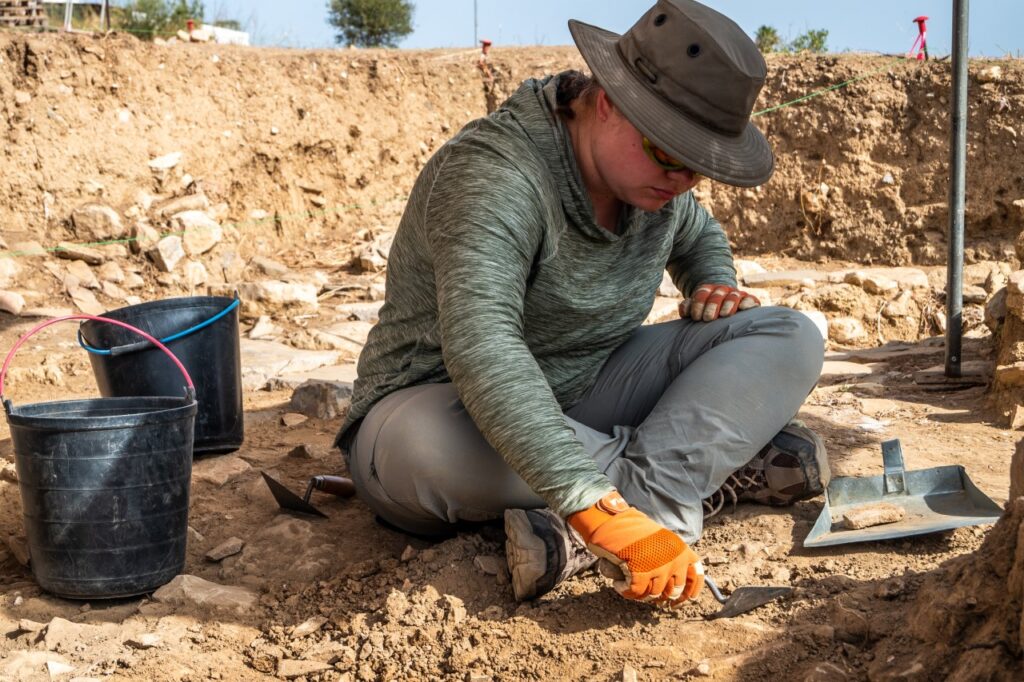
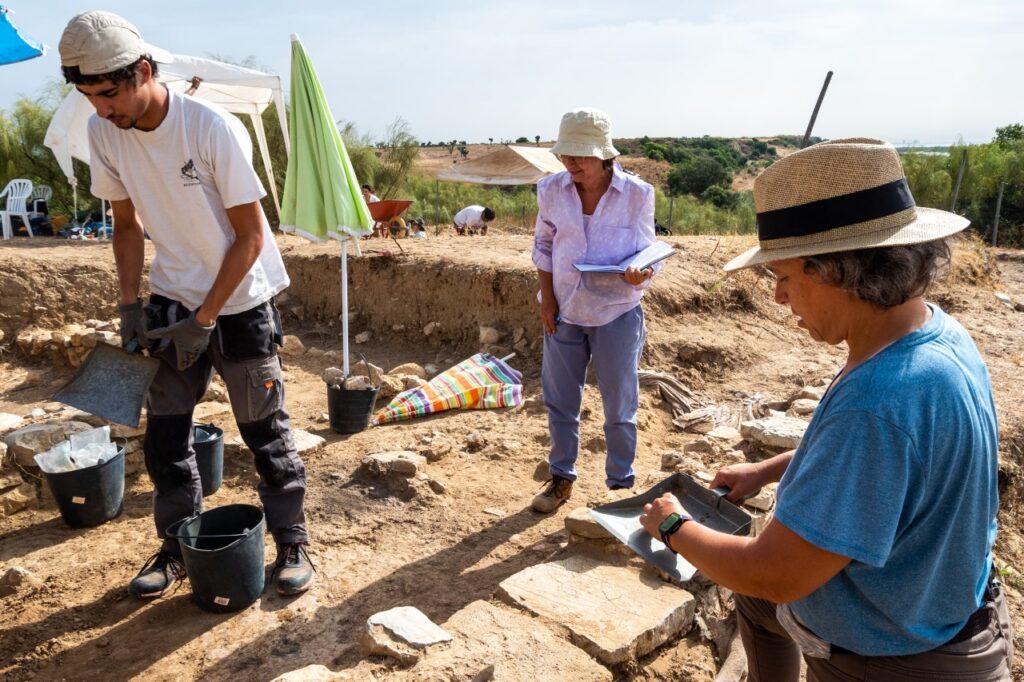
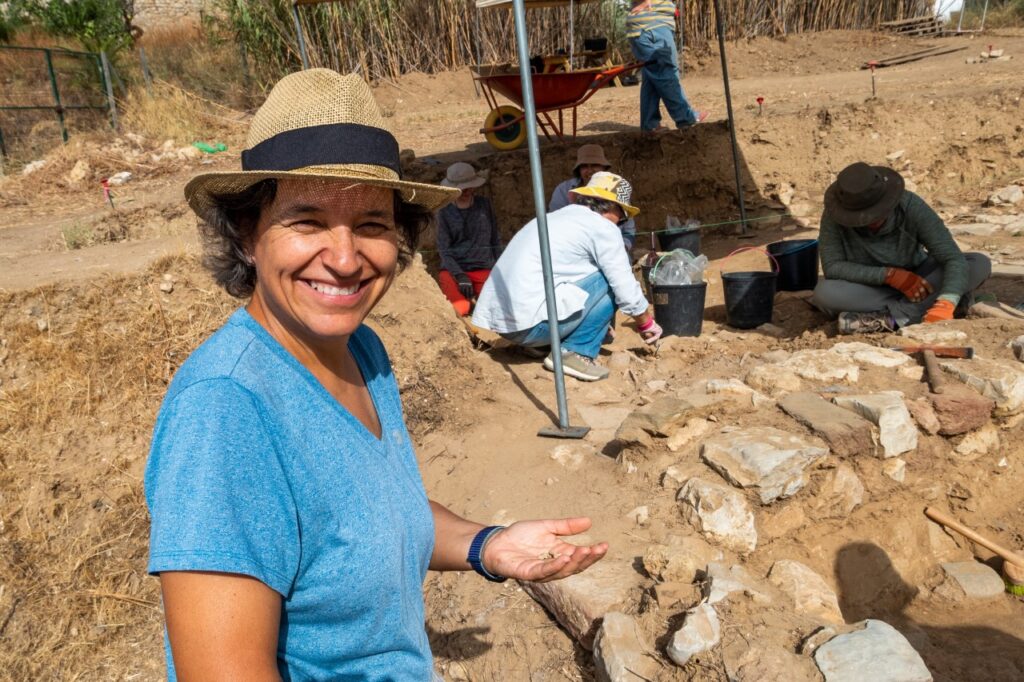
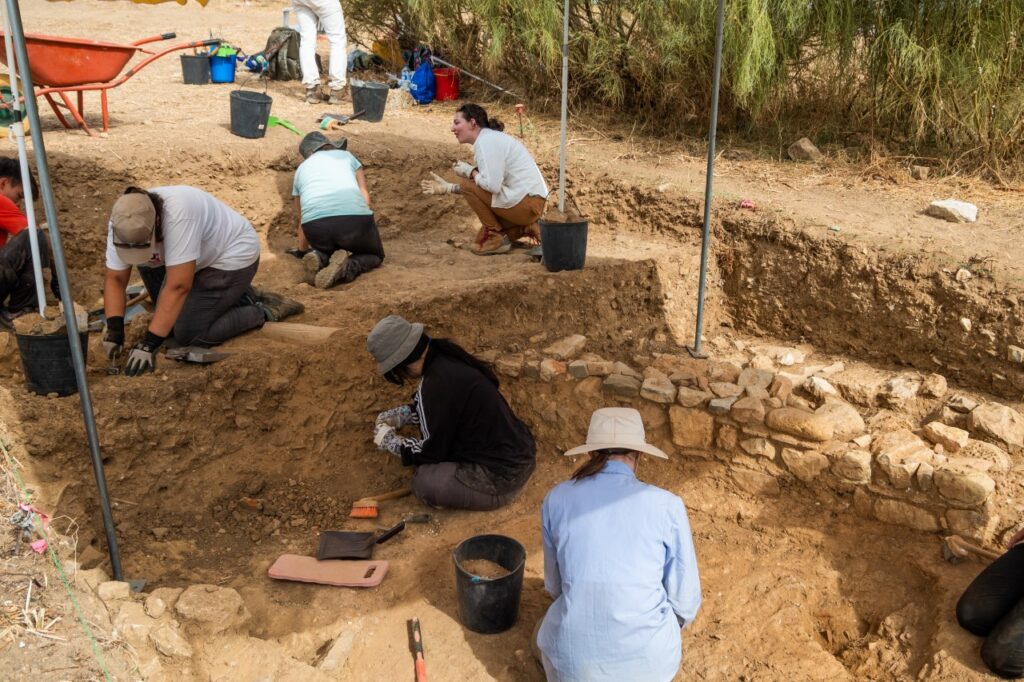
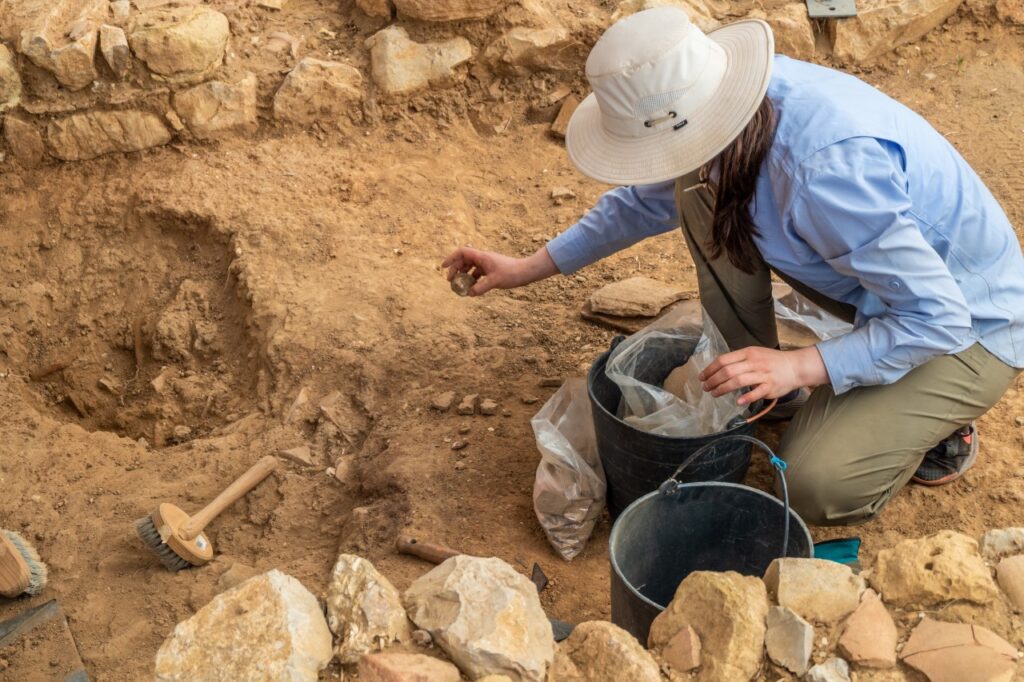
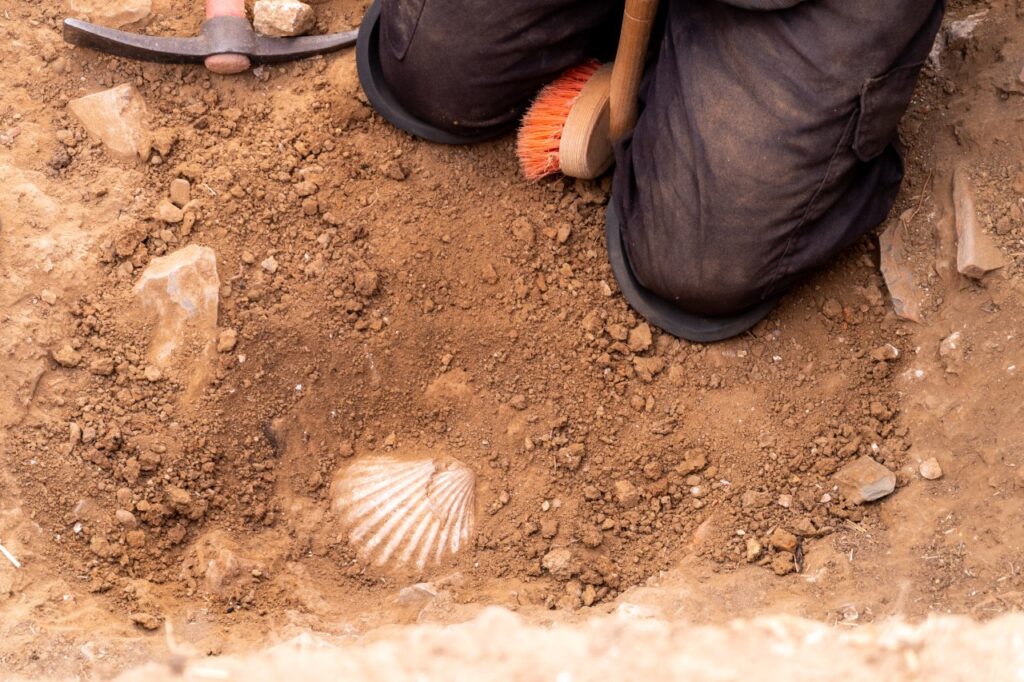

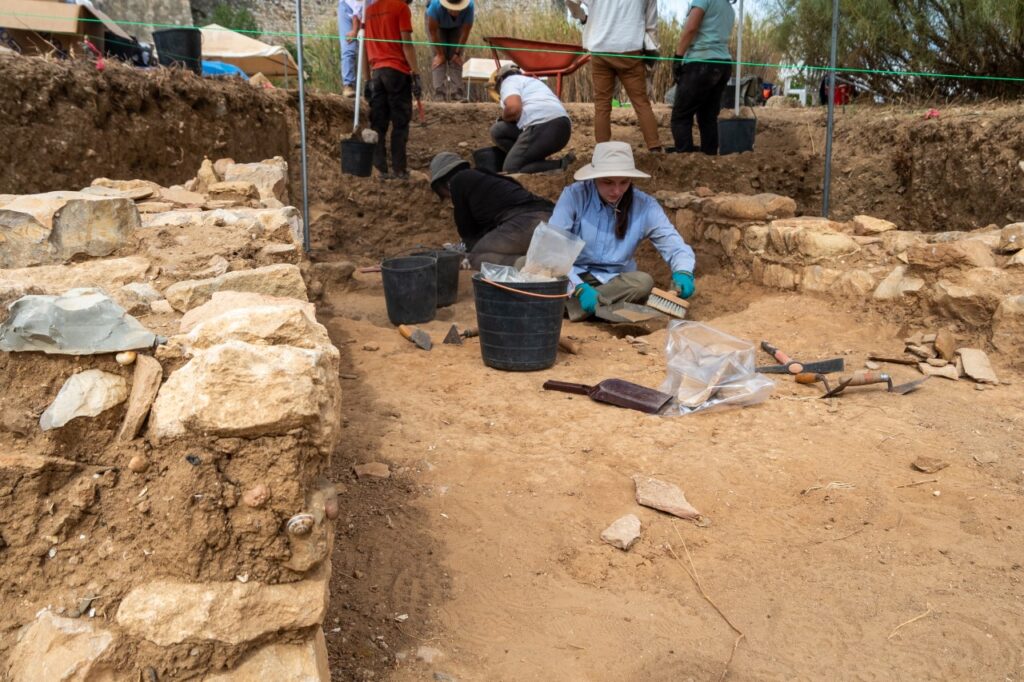
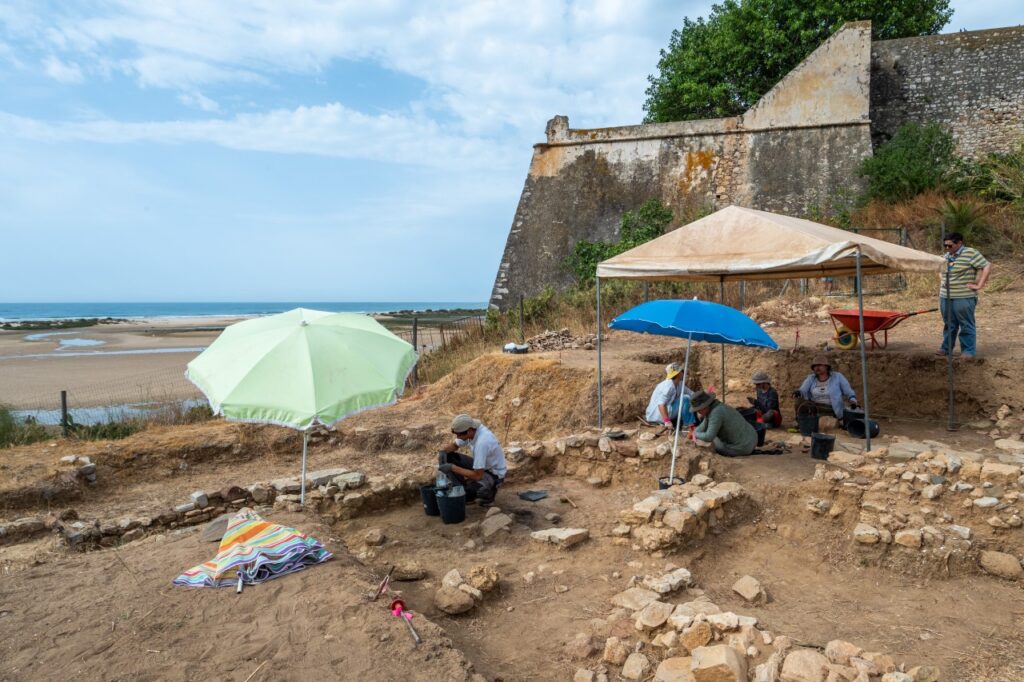
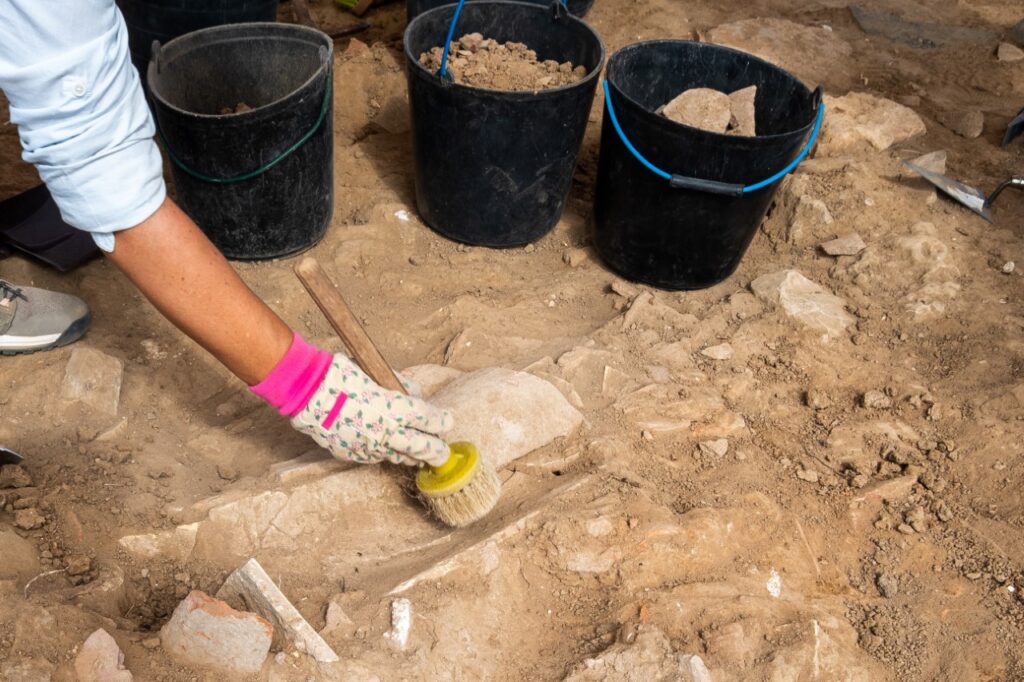
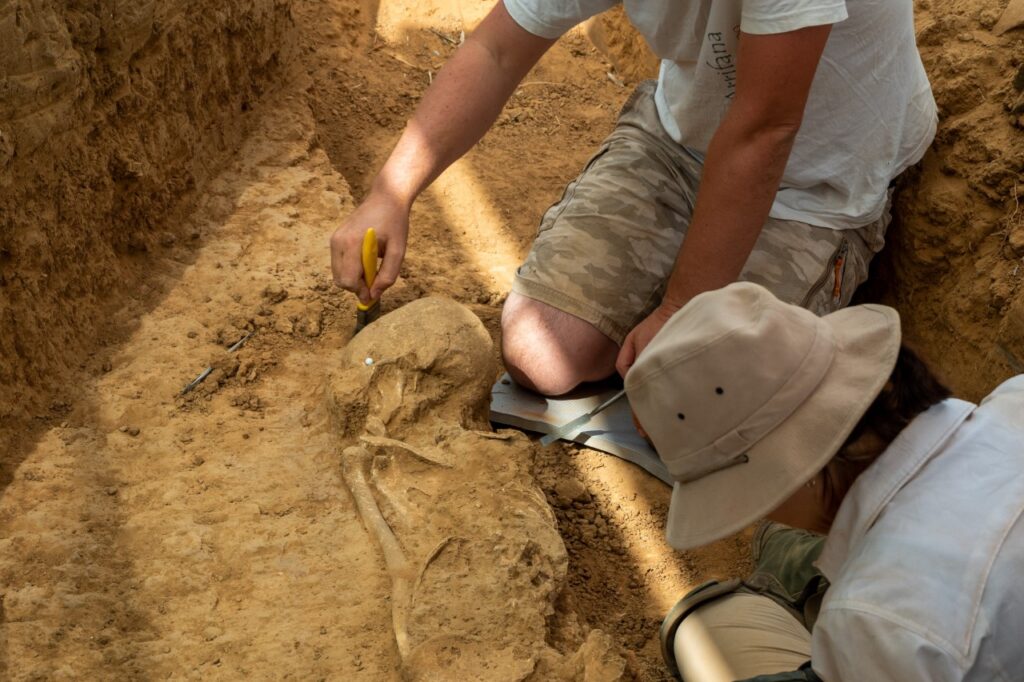
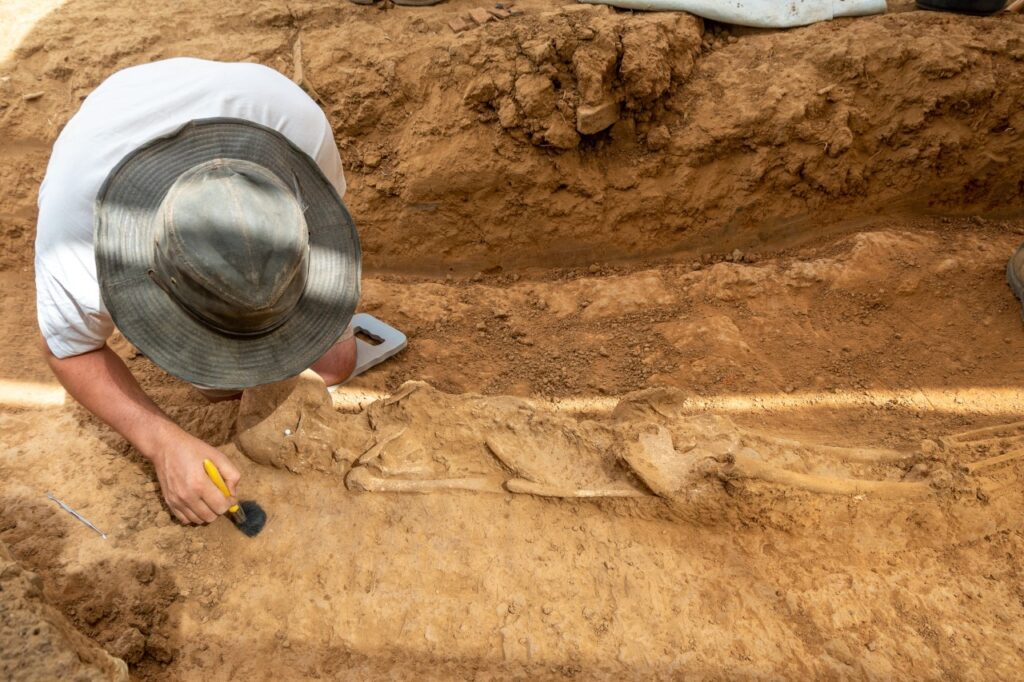
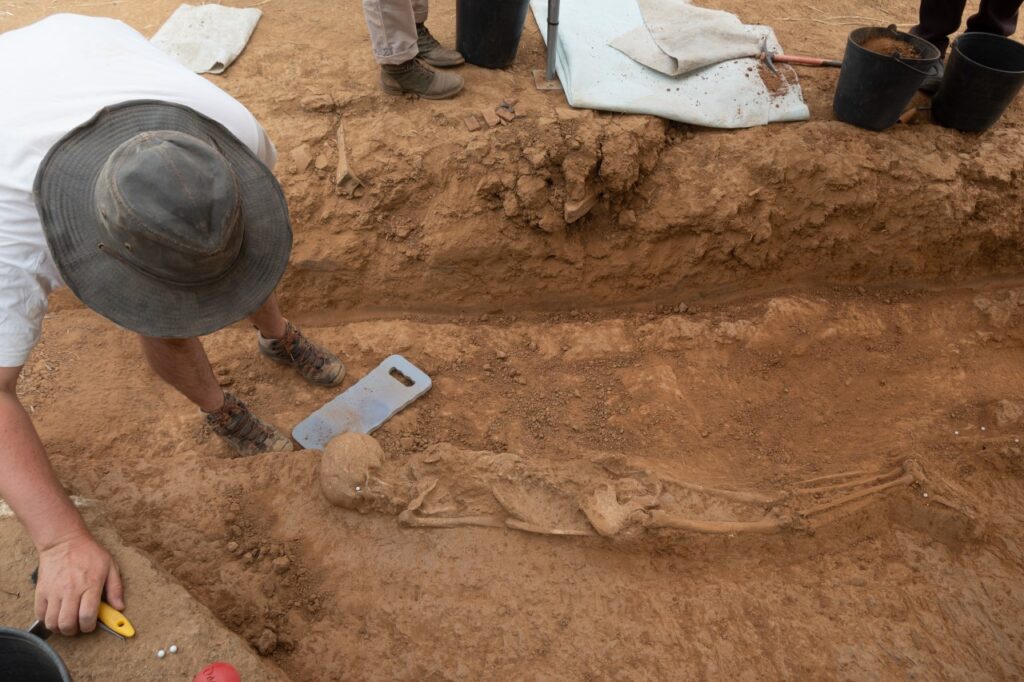
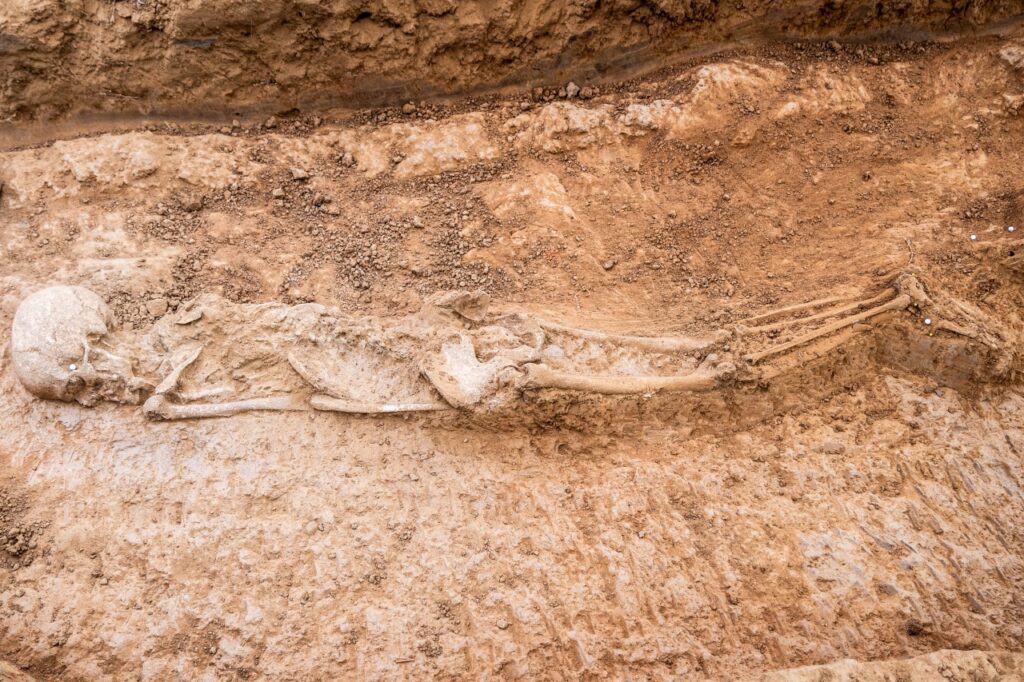
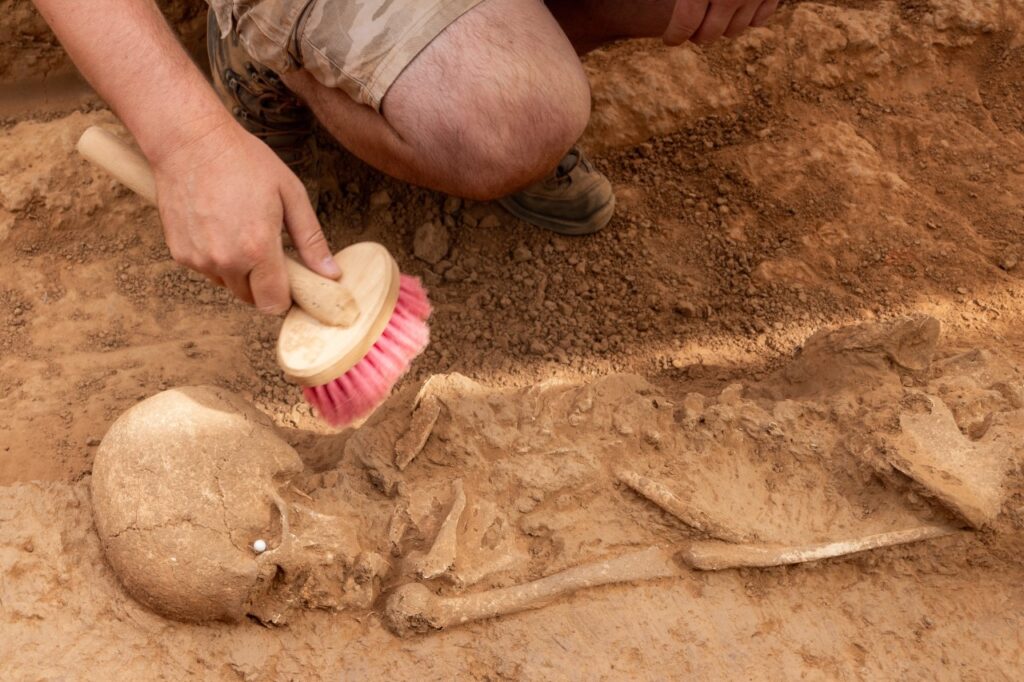
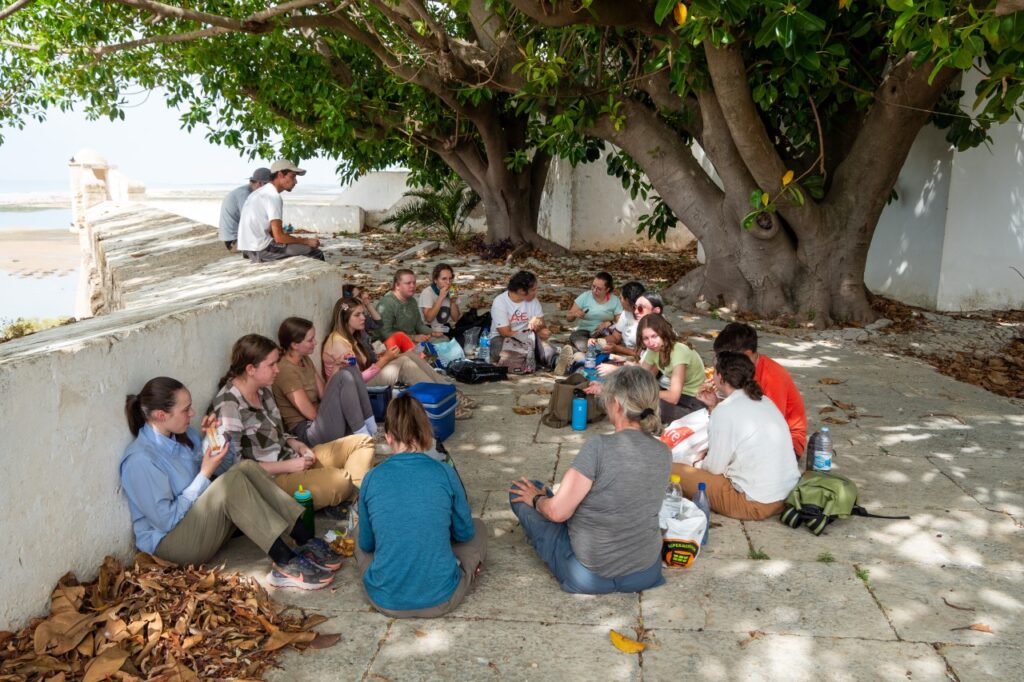



















Comments